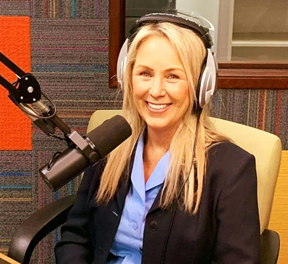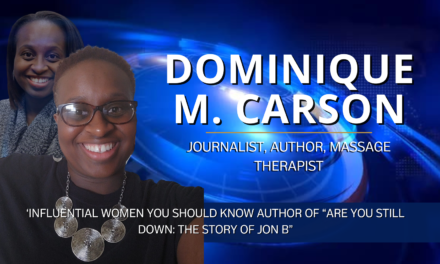Alison Schrag is a dedicated Fish and Wildlife Technician with the New York State Department of Environmental Conservation, based in New York City. Born and raised in Astoria, Queens, Alison’s passion for nature was ignited during family trips to the Adirondacks and upstate New York, sparking her lifelong commitment to environmental stewardship. She holds a Bachelor’s degree in Environmental Science from the State University of New York (SUNY) College of Environmental Science and Forestry, specializing in wildlife biology and conservation.
Since joining the DEC in 2012, Alison Schrag has spearheaded several significant urban wildlife initiatives, focusing on habitat restoration, species monitoring, and community education. Her work integrates conservation with urban development, advocating for green spaces and biodiversity in the urban landscape. Alison is also active in public outreach, conducting workshops and seminars to raise awareness about the importance of urban ecosystems. Her efforts extend beyond professional boundaries as she volunteers with local environmental groups, enhancing city habitats and engaging communities in conservation activities. Alison’s career is driven by a vision of sustainable coexistence between urban environments and the natural world.
What initially drew you to a career focused on wildlife within an urban setting?
My interest was piqued during my college years when I studied environmental science. I realized that urban environments, often overlooked as biological deserts, actually harbor diverse ecosystems. This contrast between the concrete jungle and its hidden natural wealth fascinated me, and I wanted to bridge the gap between urban development and natural habitat preservation.
Can you describe a typical day at work for you?
Every day is different, which keeps things exciting. Generally, my mornings involve fieldwork—surveying sites, monitoring wildlife activity, or overseeing habitat restoration projects. Afternoons are usually reserved for data analysis and strategic planning. I also spend a good chunk of time collaborating with city planners and community leaders, discussing how to integrate biodiversity into urban planning.
How has technology impacted your fieldwork in recent years?
Technology has drastically transformed our fieldwork. We use motion sensor cameras to track wildlife without disturbing them and employ GIS (Geographic Information Systems) to analyze habitat usage and animal movement patterns across the city. These tools have not only increased the accuracy of our data but also allowed us to work more efficiently and effectively.
What is the most unusual urban wildlife encounter you’ve had?
I once came across a small colony of bats residing in an abandoned subway tunnel. It was unusual because it’s not where you’d expect to find wildlife thriving. This discovery led to a bat conservation project that involved the local community and helped raise awareness about the importance of bats in urban ecosystems.
In your opinion, what is the biggest misconception people have about urban wildlife?
Many people believe that wildlife cannot coexist with urban environments. However, many species have adapted to urban life, and cities can play a crucial role in conservation if managed properly. Educating the public about this coexistence is a significant part of my job.
What’s been the most rewarding project you’ve worked on?
Developing a rooftop garden that serves as a sanctuary for pollinators like bees and butterflies has been incredibly rewarding. This project not only helps local pollinators but also provides city residents with a green space to reconnect with nature, highlighting the mutual benefits of such initiatives.
How do you measure the success of your conservation efforts?
Success is measured in various ways, including increased biodiversity, improved health of wildlife populations, and enhanced community engagement and support for our projects. Long-term sustainability and the replication of our initiatives by other cities also mark success for us.
What advice would you give to someone looking to start a career in environmental conservation?
Be passionate and persistent. The field can be challenging and sometimes disheartening when facing environmental degradation. However, the impact of your work on future generations is profound. Also, be open to collaborating across disciplines—conservation is a field that benefits immensely from diverse perspectives.
What are the upcoming trends or innovations in urban conservation you’re excited about?
I’m excited about the integration of vertical gardens and green buildings into urban landscapes. These not only enhance urban aesthetics but also contribute significantly to biodiversity and reduce the city’s carbon footprint. It’s a growing trend that redefines how we think about urban development.
Looking forward, what are your hopes for the future of urban wildlife conservation?
I hope to see more cities adopting comprehensive biodiversity strategies that are embedded into their urban planning processes. My dream is for urban conservation to become a standard practice, not an afterthought, creating cities that are as vibrant ecologically as they are culturally.




